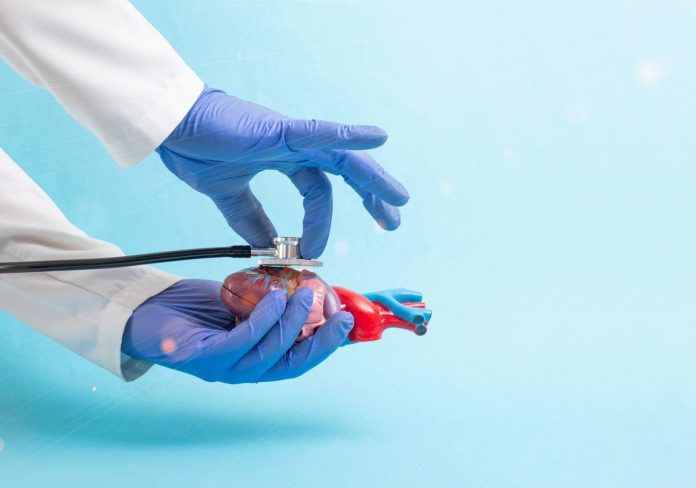Using activity-monitoring devices and mobile applications helps improve the physical activity and health outcomes of patients undertaking cardiac rehabilitation programs, according to new research from Flinders University’s College of Nursing and Health Sciences.
The use of devices and applications was associated with an increase in activity, healthy behaviours and reductions in clinical indicators that show an effective improvement of cardiac patients’ outcomes.
Cardiovascular disease – responsible for 17.7 million of 55 million deaths in the world during 2017 – has lasting issues for many patients, with recurrence being common after a first acute event. Disease progression results in an 18% absolute risk of a recurrent cardiovascular event or death within 12 months, underlining the importance of secondary prevention.
The systematic review cardiac rehabilitation programs endorsed the use of devices as a practical addition to all modes of cardiac rehabilitation, but particularly tele-rehabilitation and programs that include remote modellings.
“The outcomes indicate overall improvement in physical activity, clinical and healthy eating behaviours when using activity-monitoring devices and mobile applications integrated into cardiac rehabilitation,” says the review’s lead author Dr Hila Dafney, from the College of Nursing and Health Sciences at Flinders University.
An umbrella review of published randomised controlled trials, systematic reviews and meta-analyses was conducted, comparing the outcomes of participants in cardiac rehabilitation programs that used devices and applications, versus patients without access to programs with devices and/or applications.
“Our results suggest that using activity monitoring devices within cardiac rehabilitation programs may improve physical activity levels and affect positive changes in other behaviours,” says Dr Dafney.
A wide range of physical, clinical and behavioural outcomes were reported, with results from 18,712 participants showing improvements in minutes per week of physical activity and activity levels, and a reduction in sedentariness compared to usual care.
Of clinical outcomes, the risk of re-hospitalisation reduced significantly, and there was reduction in mortality. From the behavioural outcomes, reviews reported improvements in smoking behaviour and total diet quality intake among cardiac rehabilitation patients.
Determining the effectiveness and potential for devices and applications is of growing importance as tele-rehabilitation programs and home-based cardiac rehabilitation programs are being offered more frequently as an accessible and cost-effective alternative to traditional rehab.
Key aspects for the effective implementation of tele-rehabilitation will include ensuring equity on access to devices, burden to clinicians, seamless integration of the data collected by the devices within existing systems in a secure manner, and training on how to optimise the use of data and provide feedback to patients.
The research – “Cardiac rehabilitation, physical activity, and the effectiveness of activity monitoring devices on cardiovascular patients: An umbrella review of systematic reviews,” by Hila Dafny, Stephanie Champion, Lemlem Gebremichael, Vincent Pearson, Jeroen Hendriks, Robyn Clark, Maria Alejandra Pinero de Plaza, Aarti Gulyani, Sonia Hines, Alline Beleigoli, the NHMRC CHAP Project Team – has been published in European Heart Journal – Quality of Care and Clinical Outcomes. https://doi.org/10.1093/ehjqcco/qcad005
Text by: Flinders University










